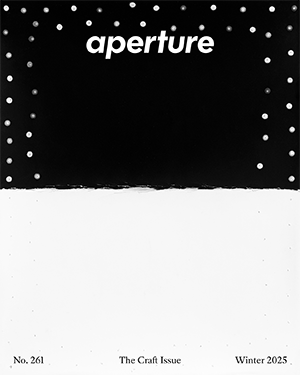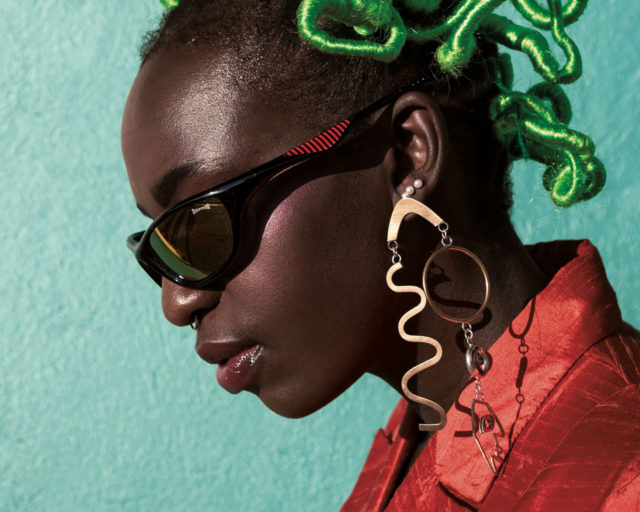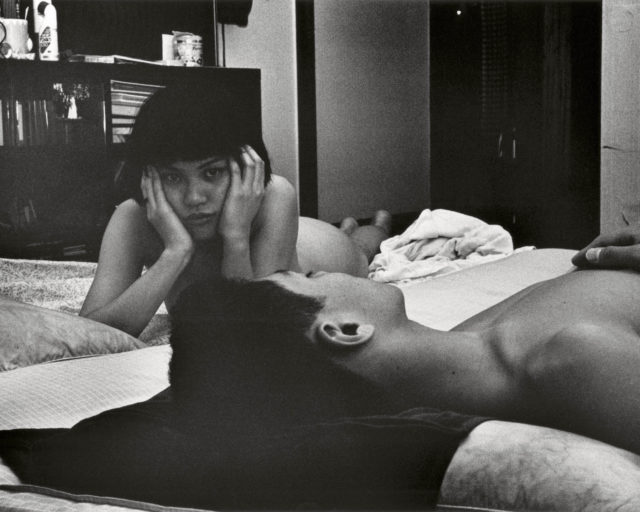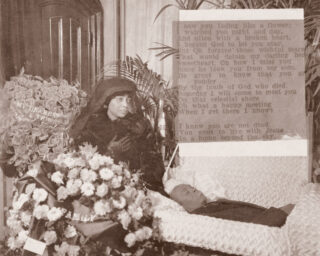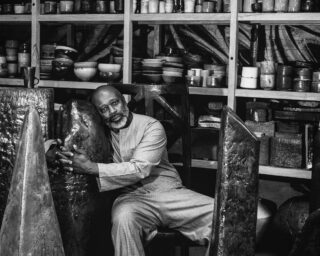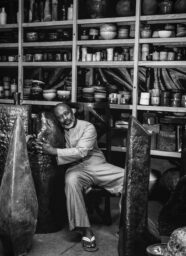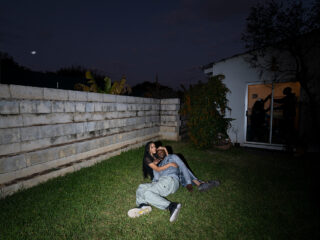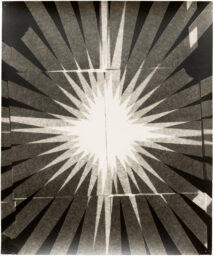A Range of Vision
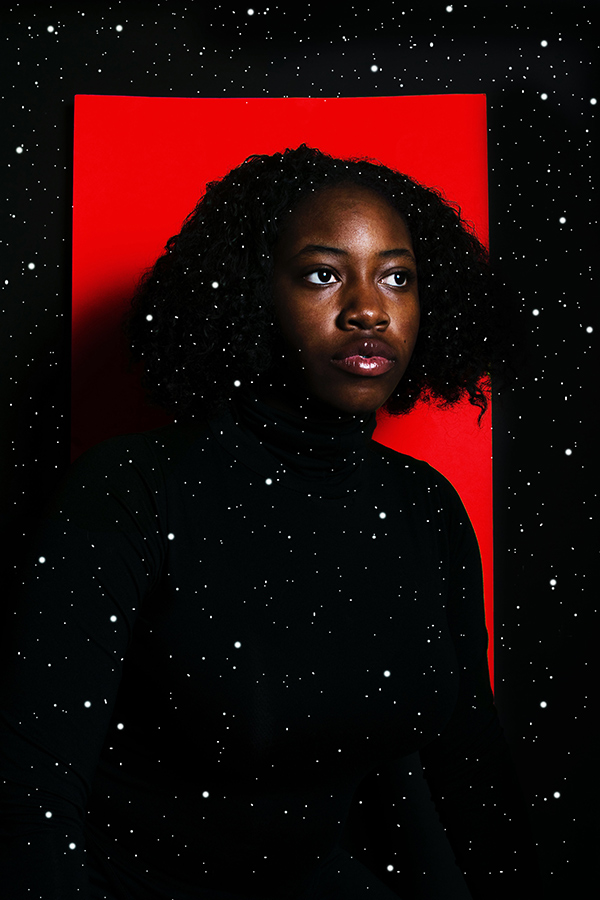
Annabel Z., Untitled, from the series GIRLS, 2018
Courtesy the artist and Harvard-Westlake
In April 2018, Aperture educator Alice Proujansky traveled to Los Angeles to be part of a collaboration between Harvard-Westlake School and East LA’s Humanitas Academy of Arts and Technology (HAAT). Coming from opposite sides of LA, and using Aperture’s On Sight curriculum, students met at HAAT to look at each other’s work, and find common ground through photography. Activities included playing a “telephone” game from Proujansky’s book Go Photo! (Aperture, 2016), during which they shared cameras, taking turns photographing in response to each other’s images.
The ongoing collaboration began in October 2017, when the two classes met at Harvard-Westlake. There, each student planned out a thematic project using a “mind map,” a visual thinking tool that allows students to explore new themes and ideas for their projects. The two teachers—Adriana Yugovich of HAAT and Harvard-Westlake’s Joe Medina—also planned an exchange of photographs, made using film cameras provided by Harvard-Westlake.

Roman, Untitled from the series LA, 2018
Courtesy the artist and HAAT
The students’ resulting pictures are quiet, clean, playful, and strange. Students worked with a range of digital cameras for their themed projects: some of the resulting photographs are technically precise, while others are blurry, or show signs of digital grain. Sometimes the photographs are carefully observed and thoughtfully constructed, other times casually noticed. The range of vision is broad, which is fitting, as these teenagers are about as diverse a group as any in Los Angeles.
“With the help of Aperture On Sight, we investigated how photographs work as symbols and metaphors,” explains Medina. “It provided us with a way to at least start a conversation and try to understand each other using photography as a groundwork. Otherwise, these kids never would’ve come in contact with each other even though they live in the same city.”

Pablo G, Untitled, from the series Dreamer3, 2018
Courtesy the artist and Harvard-Westlake
This breadth of vision points to a teaching approach that is both structured enough to support students in seeing clearly, and flexible enough to accommodate a range of visions. Aperture On Sight, a free, open-source curriculum, was written by Proujansky; Sarah McNear, then deputy director of Aperture; and a team of teaching artists, and was tested over two years in seven New York City schools.
Yugovich says, “I was super excited to know there is a sequential curriculum for teenagers because it is really hard to teach photo at the high school level. There’s no textbook, there’s no test, there are no standards, really. This was great because it’s got hooks, it’s not boring. A lot of the stuff out there is very technical or basic, and nowadays everyone’s a photographer—kids are composing pictures all the time and they’re not thinking about it.”

Heidi T., Untitled, from the series Sense of Place, 2018
Courtesy the artist and HAAT
While Aperture’s previous community education focus was providing direct services in New York City schools, the organization has now finished testing the curriculum and is providing professional development workshops and education consulting. The team writes curriculums, sends artists to visit classrooms, and works with teachers to adapt lessons to their needs.
In 2018 alone, Aperture On Sight has been used by 450 students in kindergarten through twelfth grade at schools across the country, including Harvard-Westlake and HAAT, as well as at Avenues: The World School in New York’s Chelsea neighborhood, MS 136 Charles O. Dewey in Sunset Park, Brooklyn, and Success Academy’s middle schools throughout New York City.
The curriculum is free to use; contact Alice Proujansky at edupartners@aperture.org for more information.
